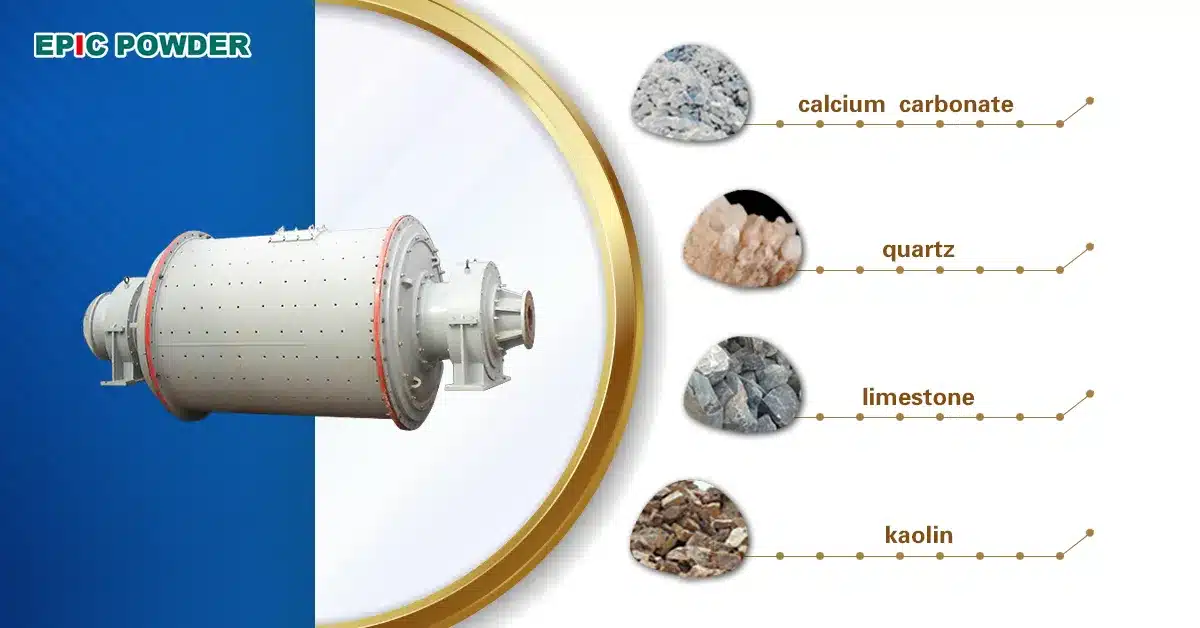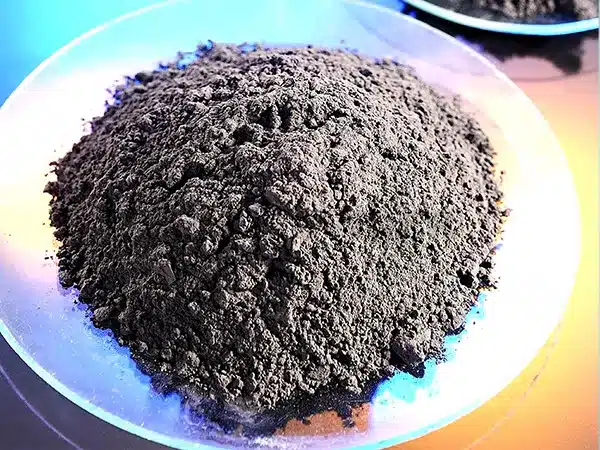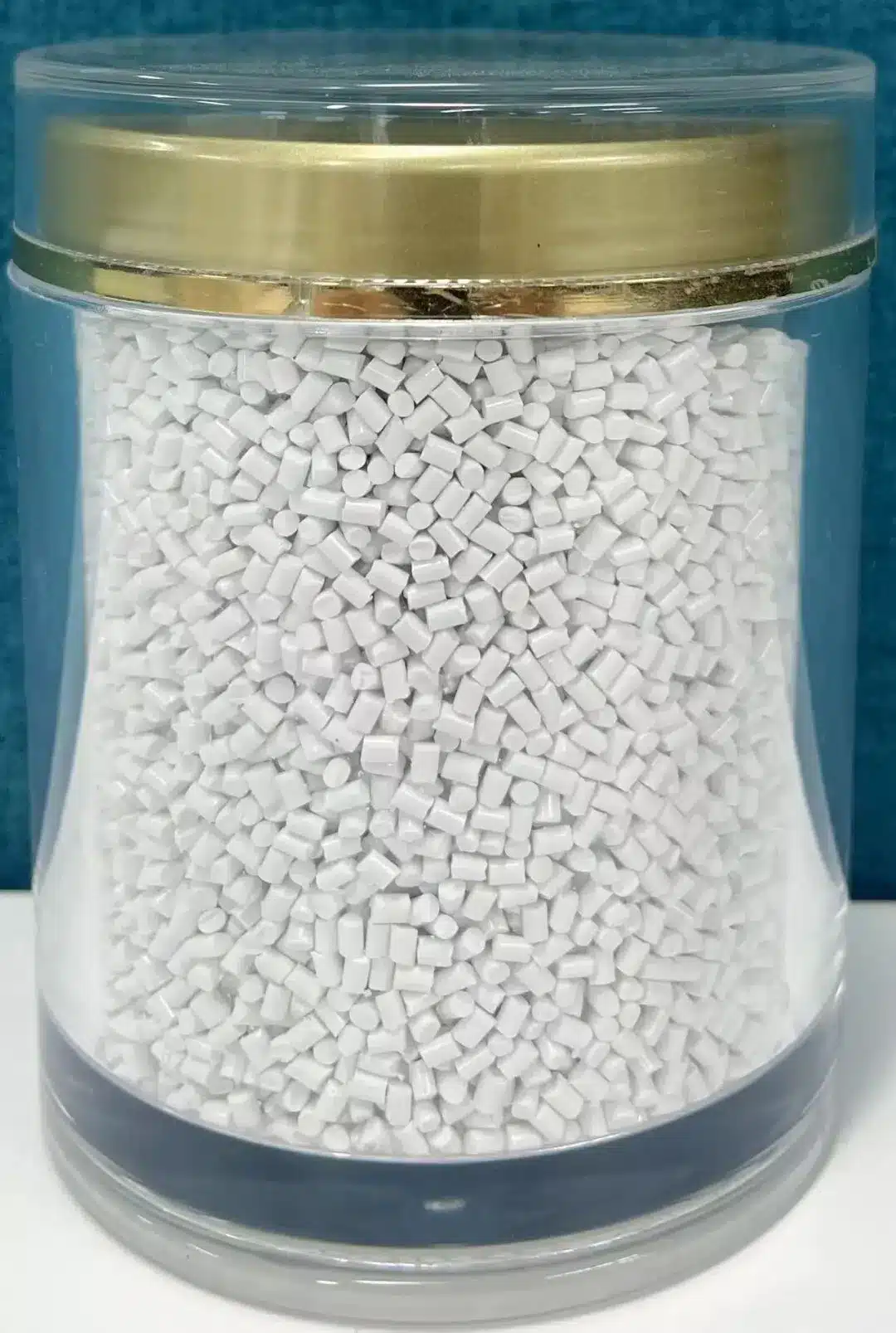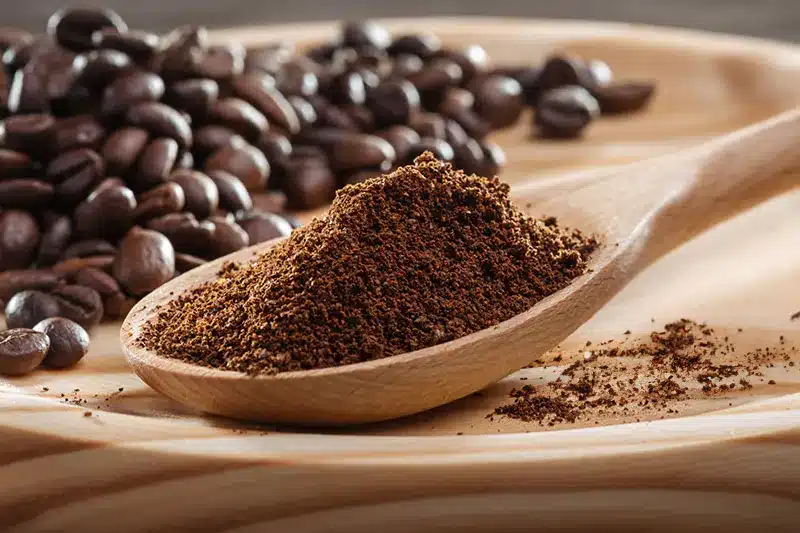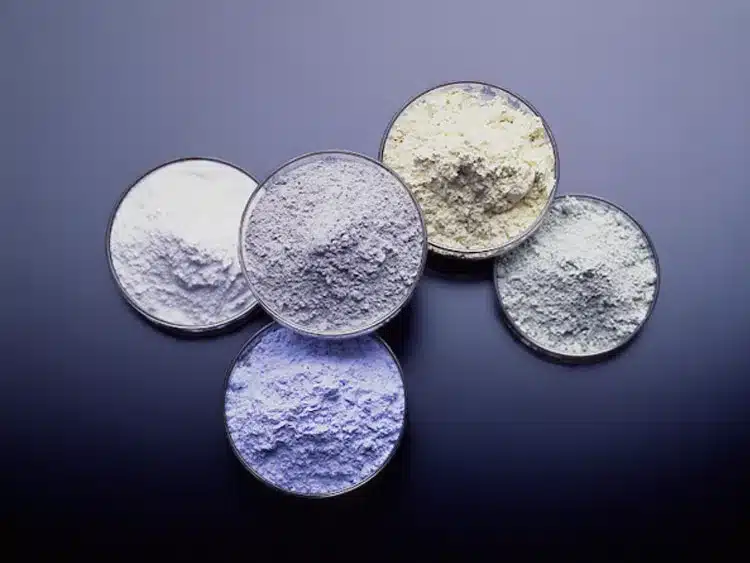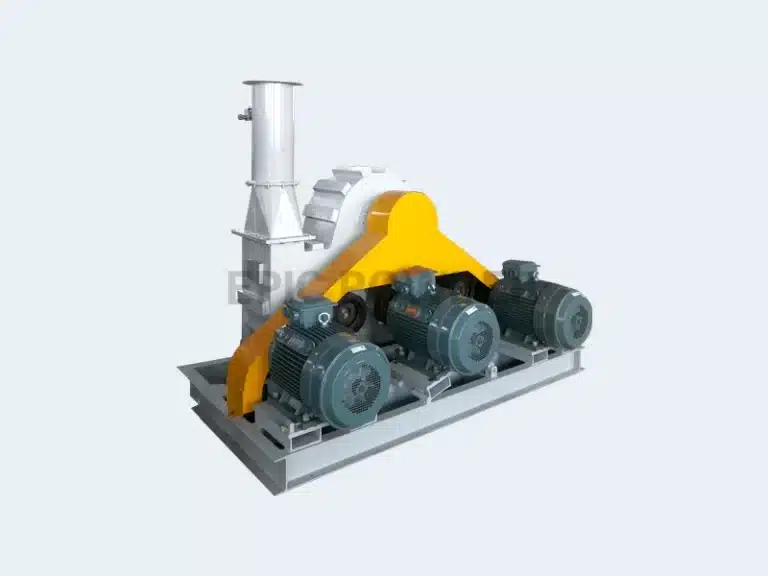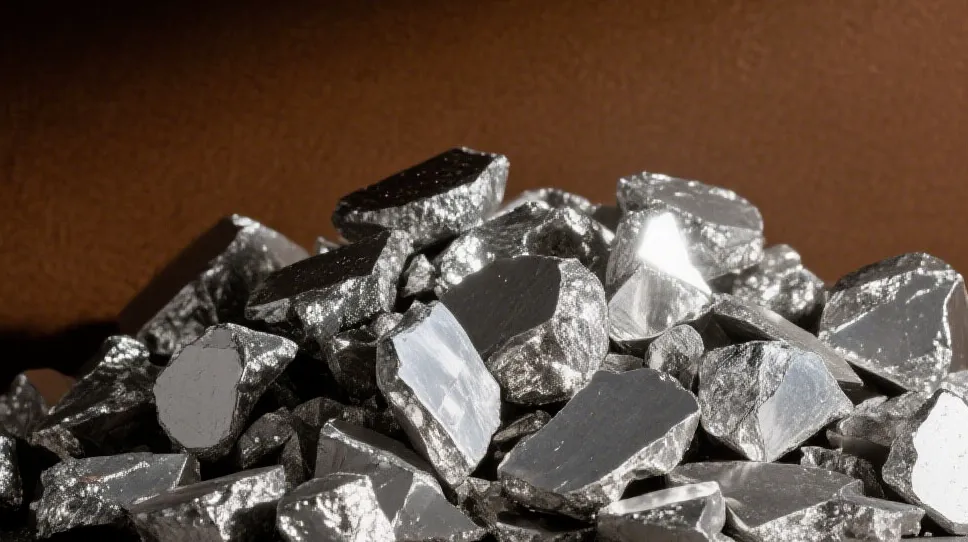An Air Jet mill is not inherently designed to operate exclusively in water- and oxygen-free environments. It can be specifically configured to achieve these conditions. Its working principles and system design provide significant environmental adaptability.
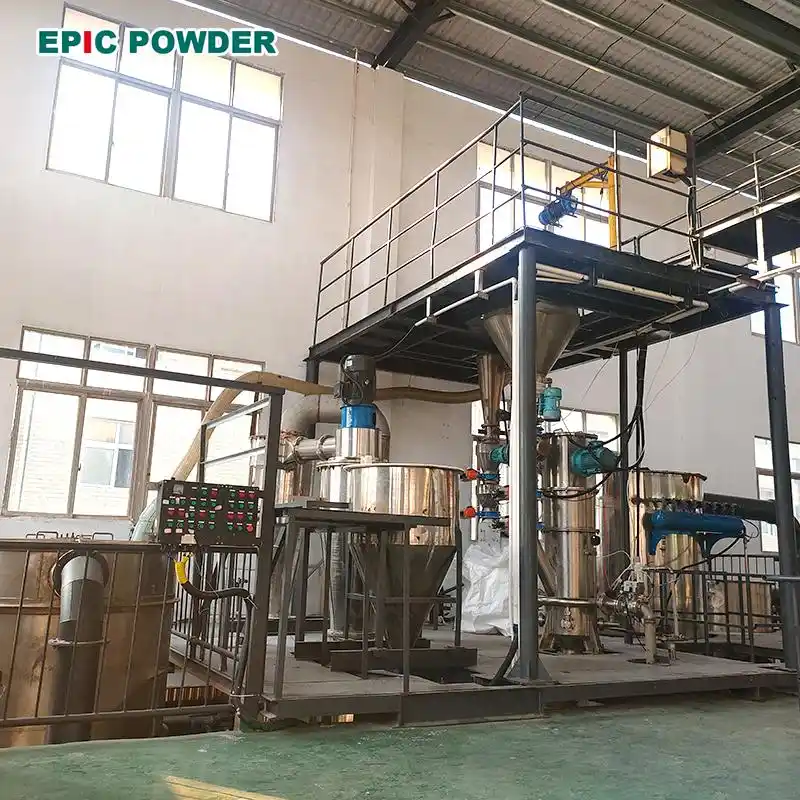
Working Principle and Environmental Adaptability of Air Jet Mills
Jet mills utilize compressed air or inert gases (such as nitrogen or carbon dioxide) to generate high-speed airflow. Tenabling particles to collide and rub against each other within the grinding chamber, resulting in fragmentation. This process requires no mechanical contact, avoiding metallic contamination and making it particularly suitable for grinding high-purity materials. Its core environmental adaptability is reflected in two aspects:
Gas Source Control:
Jet mills demand strict gas source requirements, necessitating the use of oil-free, water-free, and dust-free compressed gas. By combining oil-free lubricated air compressors with refrigerated dryers, a clean gas source can be ensured. It prevents moisture from entering the grinding chamber and contaminating the material. This characteristic provides a fundamental guarantee for a water-free environment.
Sealed System Design:
The air jet mill system typically adopts a sealed structure, forming a closed-loop system. The system contains cyclone separators, dust collectors, and exhaust fans. Negative pressure operation ensures no leakage during the grinding, classification, and collection processes. They both protecting the environment from pollution and maintaining the stability of the gas environment inside the chamber.
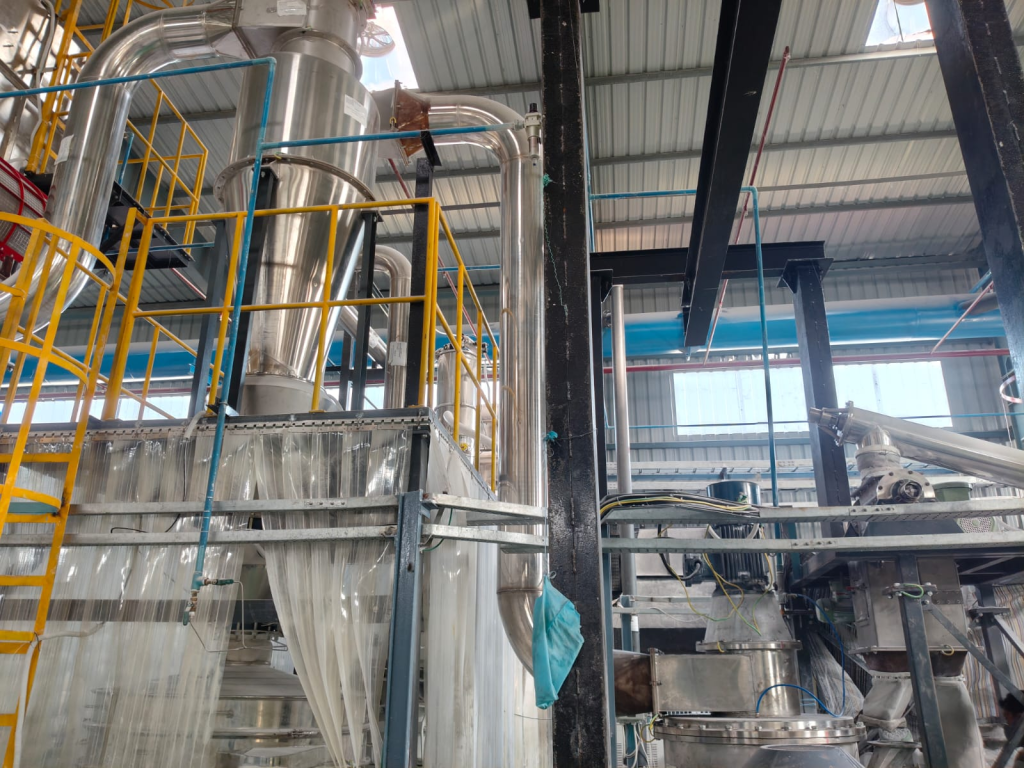
Specific Configurations for Achieving Water- and Oxygen-Free Environments
Achieving a Water-Free Environment:
Gas Source Treatment: Using a combination of oil-free lubricated air compressors and refrigerated dryers to remove oil, water, and impurities from the compressed air, ensuring a dry and clean gas source.
System Sealing: A fully enclosed design prevents external moisture from intruding. For example, in the pharmaceutical industry, air jet mills are connected to cyclone separators and dust collectors via pipelines, forming a closed-loop system that avoids material contact with the external environment.
Application Example: In the coffee grinding process, coffee beans and other ingredients are added to the grinding chamber, where the dry airflow gradually grinds them into fine powder for collection. The entire process involves no moisture.
Achieving an Oxygen-Free Environment:
Inert Gas Replacement: Replacing the ordinary air gas source with inert gases such as nitrogen or carbon dioxide can create an oxygen-free environment. For instance, in lithium battery material production, using nitrogen as the grinding medium prevents cathode materials from contacting oxygen, avoiding performance degradation.
System Inertization: Before grinding, the system is purged with inert gas to eliminate air inside the chamber. For example, when grinding flammable and explosive materials (such as sulfur or magnesium powder), nitrogen must be introduced first to replace the air before starting the mill.
Application Example: In the grinding of metal powders (such as aluminum or titanium powder), using carbon dioxide as a protective gas prevents powder oxidation and combustion, ensuring production safety.
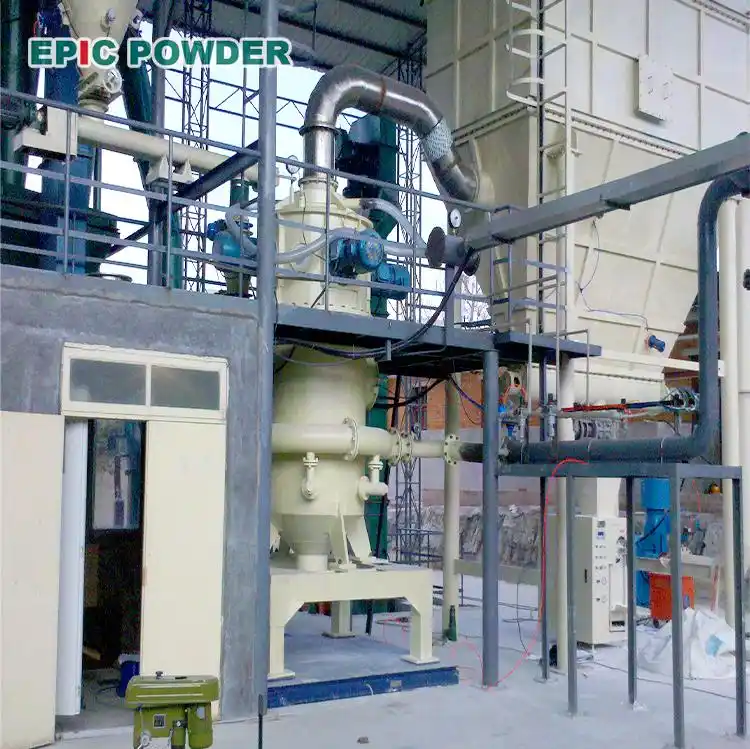
Varied Requirements for Water- and Oxygen-Free Environments Across Industries
Chemical Industry:
Requirement: Some chemical raw materials (e.g., ammonium perchlorate) are prone to moisture absorption or oxidation and require grinding in water- and oxygen-free environments.
Solution: Using nitrogen-protected air jet mills with precise control of gas source humidity and oxygen content to ensure material stability. For example, during the grinding of ammonium perchlorate, the grinding pressure must be set to 0.7 MPa, and base material added to ensure the concentration of ammonium perchlorate in the grinding chamber at startup.
Food Industry:
Requirement: Some food raw materials (e.g., milk powder, grain powder) need to avoid oxidation and spoilage to preserve nutritional components.
Solution: Employing purified air sealed systems combined with inert gas protection to extend product shelf life. For example, in grain powder production, optimized processes and 100,000-class purification workshops utilize airflow generated by purified air to transport materials into the grinding zone, effectively controlling pollution.
Tailored Solutions from Epic Powder
At Epic Powder, we specialize in customizing air jet mill systems to meet the stringent requirements of various industries. Trust Epic Powder to deliver precisely configured solutions that protect your materials and enhance your product quality.

